‘Ticking time bomb’: Pregnant mum’s harrowing discovery
When Nicole, a fit and healthy 30-year-old woman, suddenly passed out at 22 weeks pregnant, she had no idea she was a “ticking time bomb.”
Nicole was 30 years old and 22-weeks pregnant when she suffered an unexpected stroke.
The devastating event claimed the life of her unborn baby, Ned, and nearly her own.
Fit and healthy, there were no signs pointing to what would unfold on March 3, 2020. The primary school teacher had the day off work and was about to cook a meal for a family in need.
“And at about 10:30am I started to get a really bad headache,” Nicole recalls.
“Then I just couldn’t stop vomiting. And I got to the point that I knew that I needed help.”
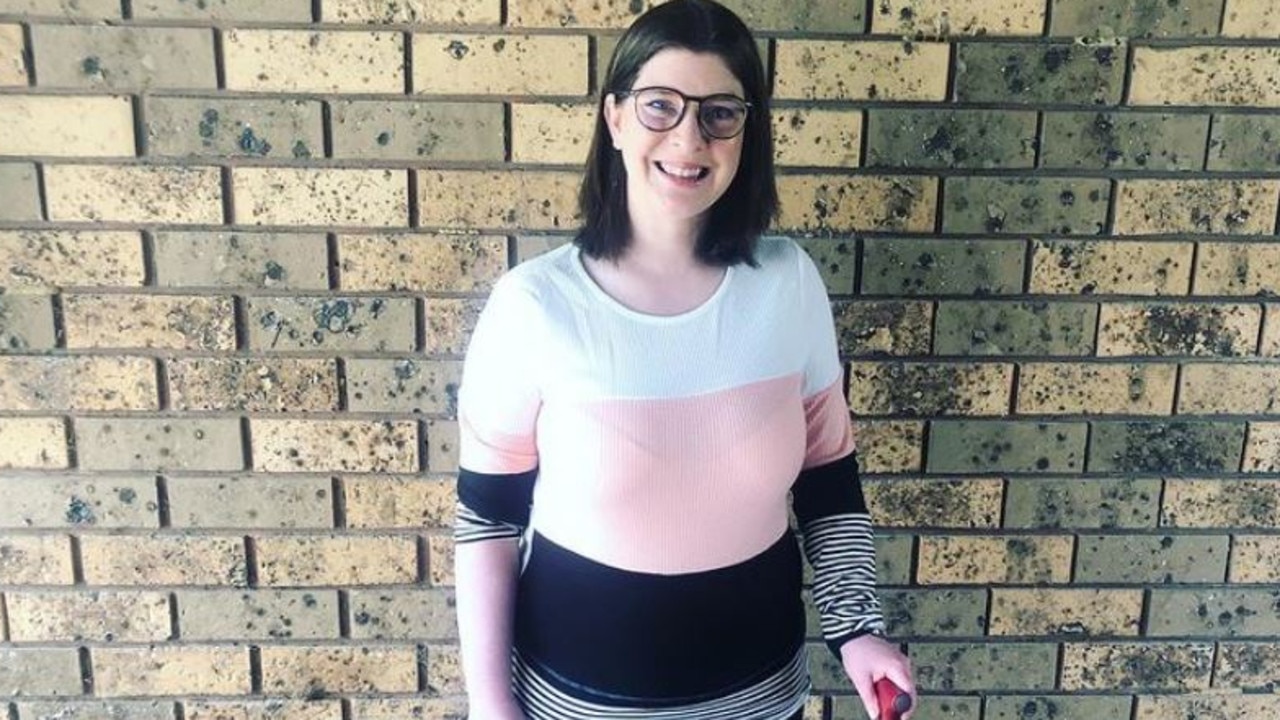
Nicole called her dad, who wasn’t working that day.
“I was able to say to him, ‘I don’t feel really well, I just need some help.’
“As I was talking to dad, I started to slur my words and pass out.”
Nicole was rushed to hospital, where doctors were forced to do the unthinkable to save the pregnant mum.
“I felt like (Ned) was still alive when we got to the hospital. But he was taking too much away from me, because unfortunately, I was also in the fight of my life.
“So they had to deliver him. And because it was such an early gestation – he was only 22 weeks – he didn’t survive delivery.”
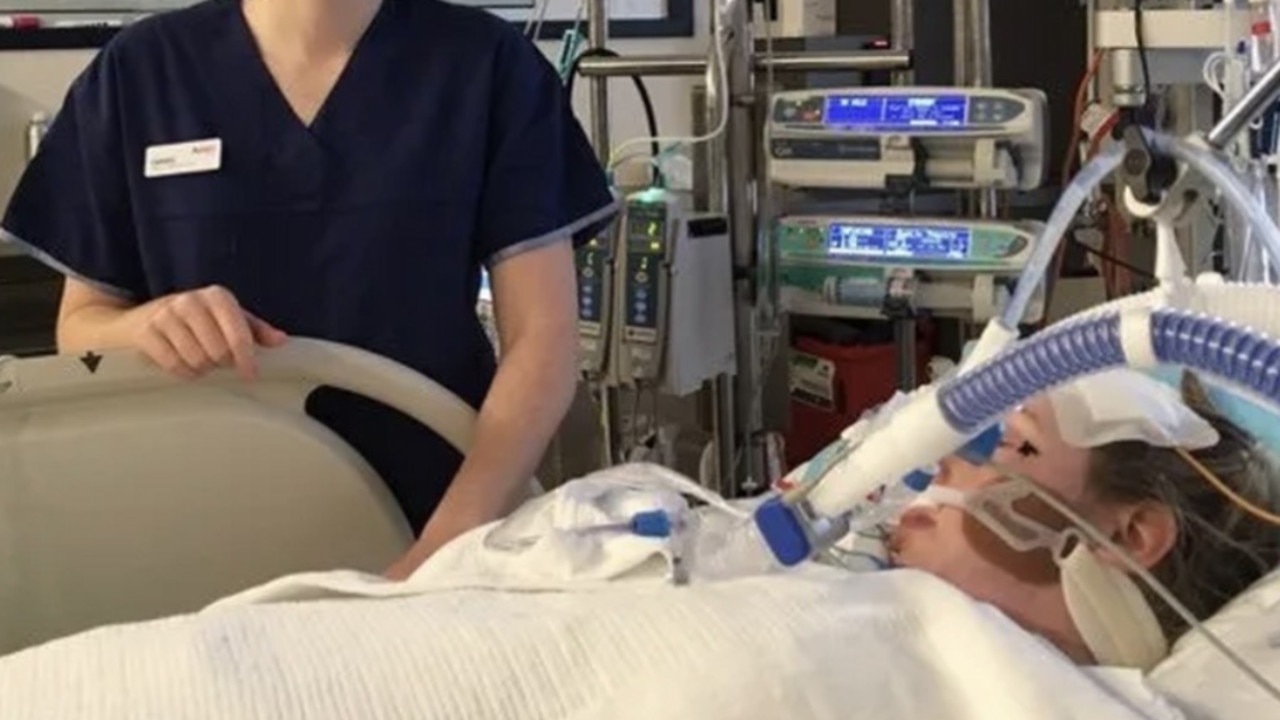
In surgery, things were only looking worse.
“The surgeon actually called (my husband) Dave, while they were operating on me and said, ‘Look, I don’t think Nicole is gonna make it through tonight, just prepare yourself.’
“So he was completely and utterly heartbroken. He thought that he had already lost his child, and he was probably going to lose his wife too.”
The now 34-year-old was in a coma for two weeks, until her condition improved so dramatically that doctors could only credit a miracle.
However, still connected to a breathing tube in the days after waking up, Dave was not allowed to tell Nicole that their firstborn child, Ned, had passed away.
“I was so weak and they didn’t want to cause me distress while I still had the breathing tube. (Dave) said that was just the absolute hardest thing because I kept pointing to my tummy and trying to ask him questions with my eyes.
“It was just awful. It was the hardest thing.
“I knew that I was no longer pregnant … I knew that he was no longer with me.”
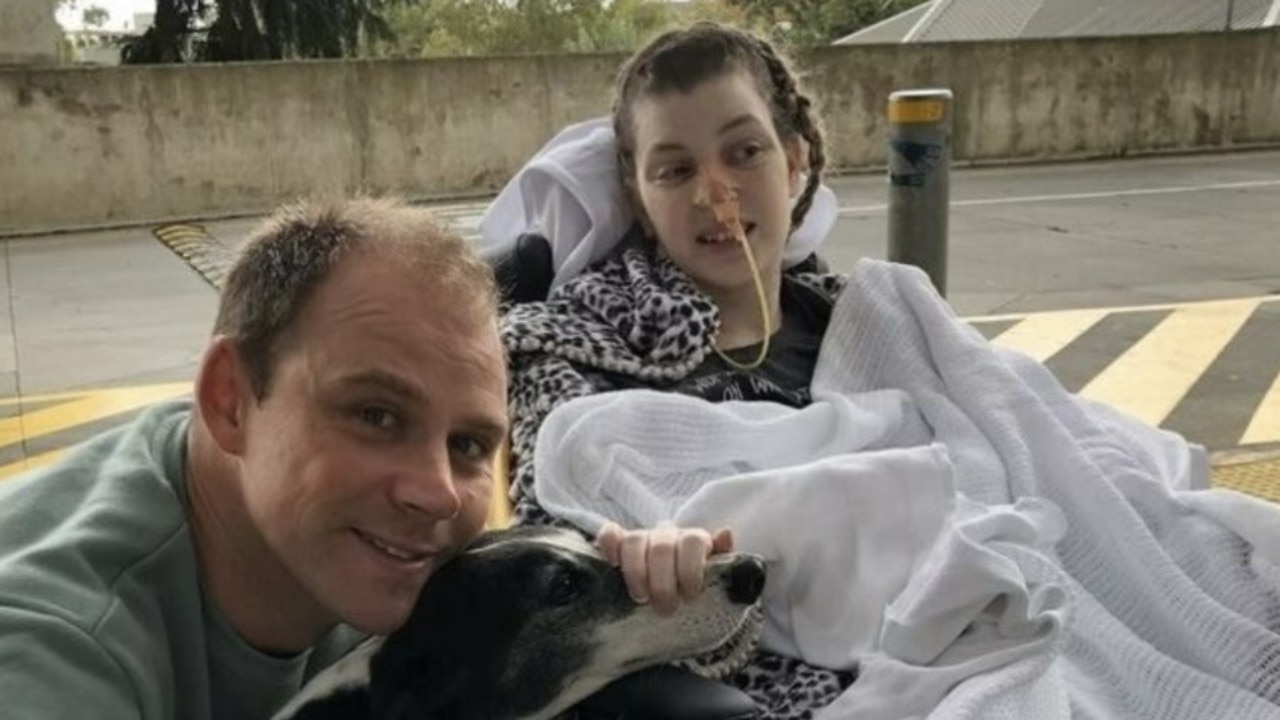
After spending nearly four months in a rehab facility, working with physiotherapists and speech therapists, Nicole came home.
Doctors now know the stroke that claimed the life of her firstborn was caused by an unexplained AVM (arteriovenous malformation), which was secretly lurking Nicole’s entire life, and could have ruptured at any time.
“I had no idea. I was a ticking time bomb.”
But rather than dwelling on what happened, a “rabbit hole” Nicole says she would not have been able to pull herself out of, the couple focused on the future in her years of rehabilitation.
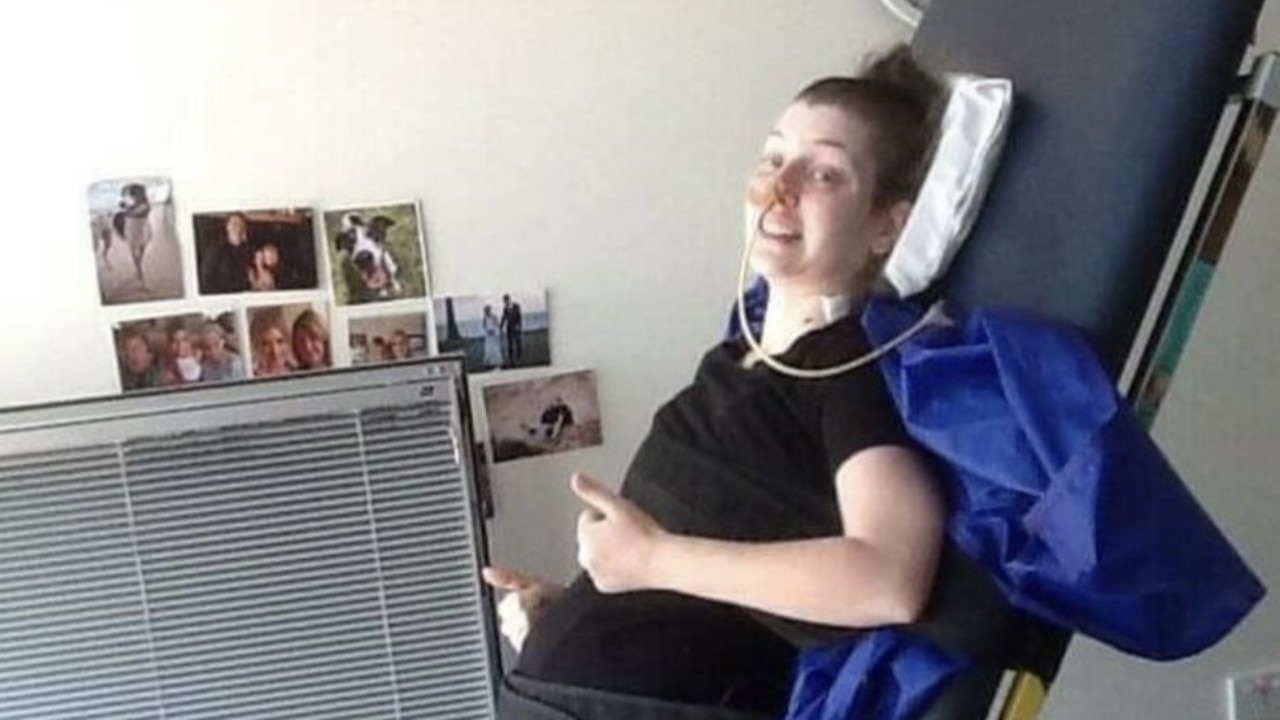
They were told they could have more children, and this became a motivator for Nicole.
“I wanted to get myself in a position that I was able to be the best mum I could be and also healthy enough that I’d be able to carry a child and look after him once he was born.”
Nicole gave birth to a beautiful baby boy named Gus on December 6, 2022. He recently celebrated his first birthday.
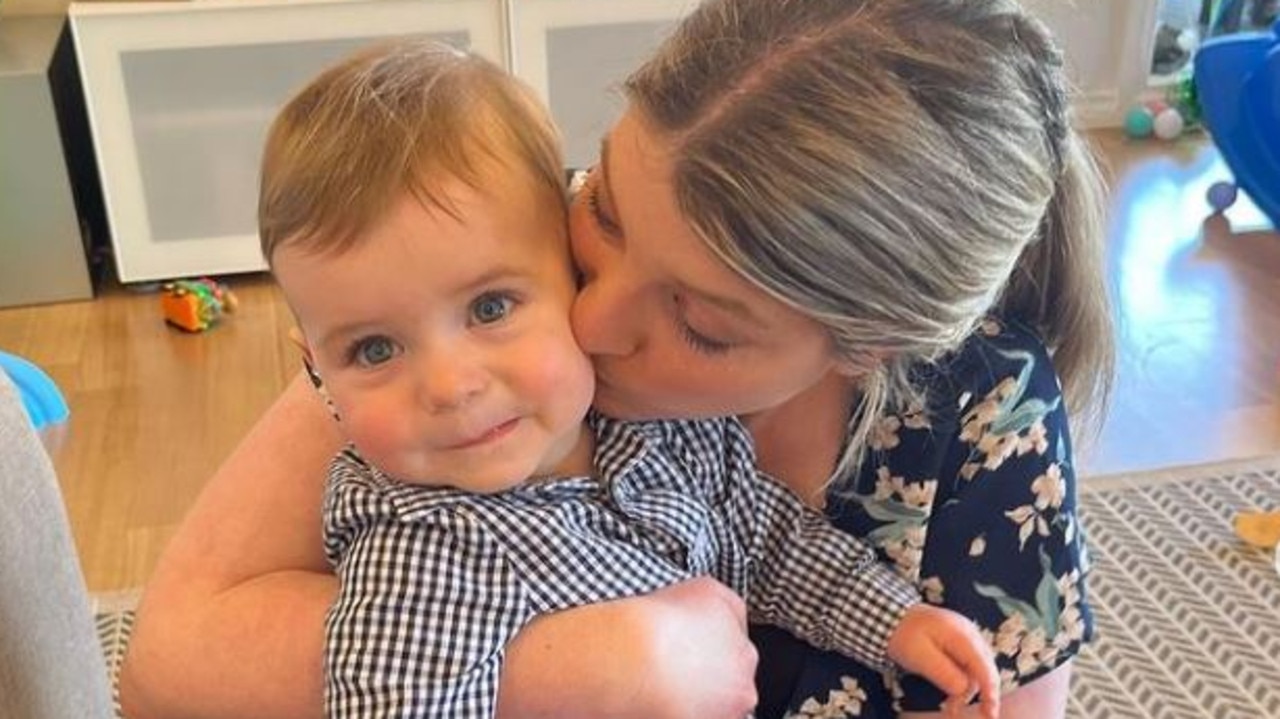
The Melbourne mum can now walk with minimal use of a walking aid, and is in the process of regaining her driver's licence.
She gushes with gratitude over her incredible mothers’ group, her baby boy, and her progress over the last four years, but admits her biggest struggle is remembering what she used to be able to do.
“People could walk up a step, and not even think about it. Whereas knowing that I can’t really do that, that’s really tricky.”
Since her stroke, testing has proved Nicole’s AVM is not genetic, and she is grateful for this, as it puts her family and Gus at no extra risk of the freak occurrence. The biological processes that drove her stroke were unique to her, which means a more personalised approach is needed to help people like Nicole, before such an event occurs.
And now, that solution may finally become a reality.
The Heart Research Institute is currently taking a revolutionary new approach, using Australian-first technology to identify the “chemical blueprint” of each person’s cardiovascular disease, to better understand how and why the disease occurs, and how it can be prevented.
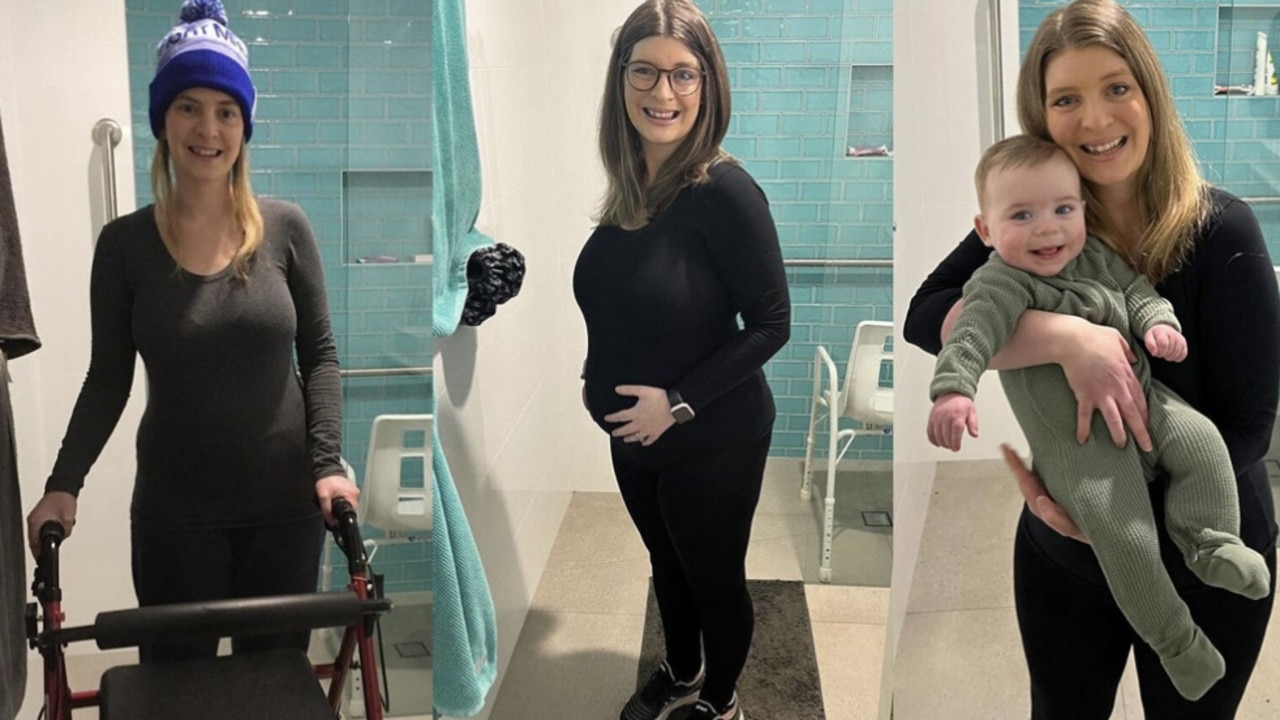
Dr Sergey Tumanov from the HRI explains that because such diseases do not occur from something going wrong in the body “overnight”, testing needs to involve a lengthier analysis.
“Instead of having a snapshot or image of that particular biological fingerprint of a particular sample, we would like to create a movie, so we’d like to see what happens inside cells from when they’re actually healthy, and what happens along the way … to a disease state- eventually having a heart attack or stroke.”
For Nicole, knowing there is better technology coming to prevent diseases like her own, before they happen, is incredible.
“If I was able to identify that I had an AVM beforehand, my life would be completely different. Because if they were able to work on it before it ruptured, I wouldn’t have had the stroke.”
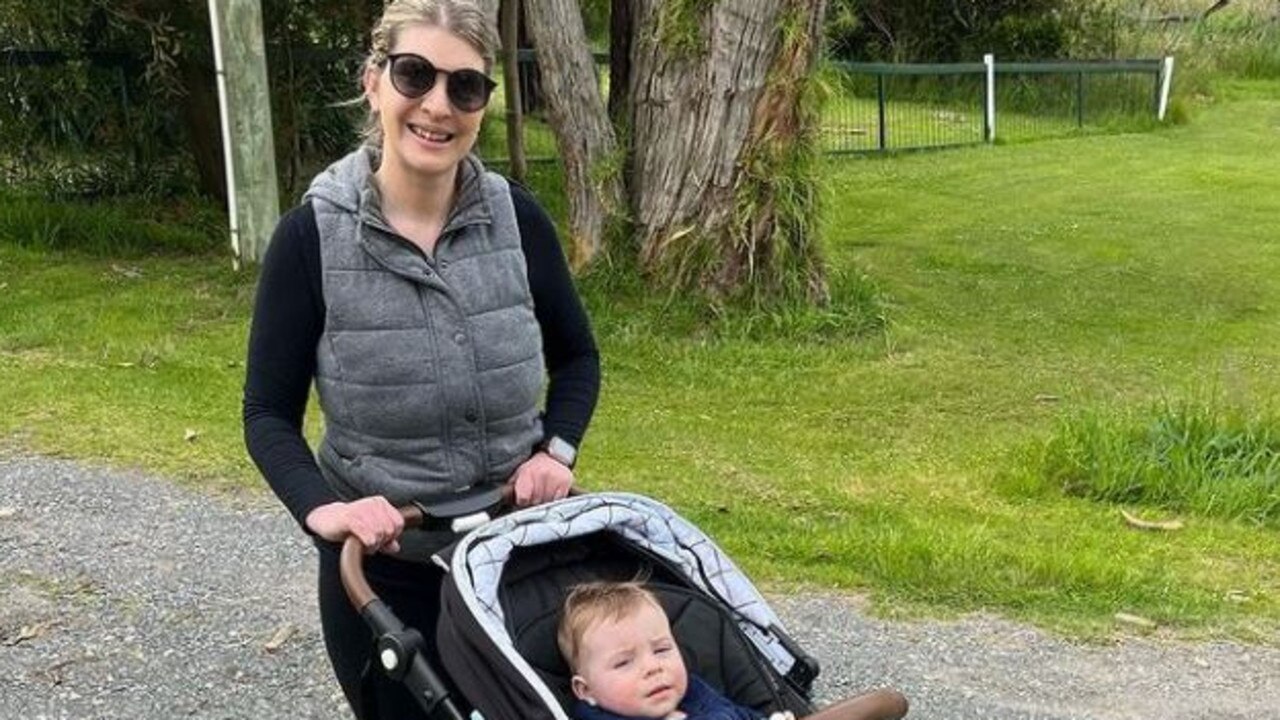
However, the technology can’t be used without the manpower to interpret the data it generates, and hopefully translate it into preventive methods. But Dr Tumanov says finding someone with these specific skills is like finding the “needle in the haystack.”
“We are trying to collect a lot of information, and most of the time, you need a person who will be able to process this information … so you can actually start communicating with clinicians and doctors … in relation to a particular situation or a particular patient.”
The HRI are taking donations as part of their Christmas appeal to fund the specialists they need for the new approach, which could save thousands of lives.
“The amount of people that actually die in Australia from cardiovascular diseases (per year),” explains Dr Tumanov, “is the population of Dubbo or Orange. It’s not a big town, but we’re actually losing a town per year from that particular disease.”
“This is the number one killer, and we should know how to deal with this, we should know how to understand this particular disease, and we need to invest a little bit more into basic research.”



